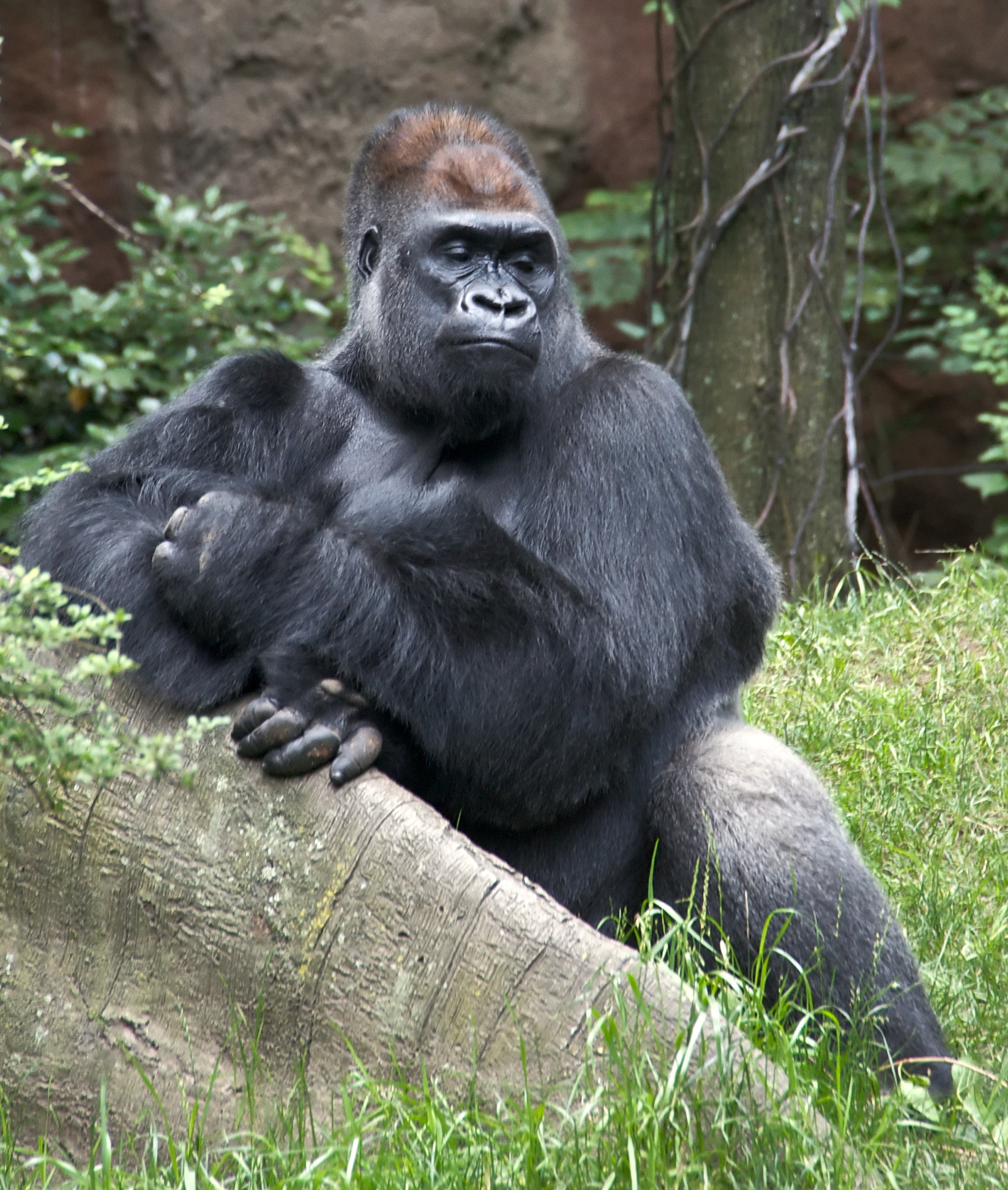Wednesday, June 4, 2014
Wednesday, December 18, 2013
Save the tigers
Do you like tigers? I do. Did you know 97% of tigers have been killed. People have been poaching them for there striped furs and there bones. To help call 1-800-459-1141. For eight dollars a month you can help save a tiger. For the wwfnow.org world wildlife federation
Wednesday, April 17, 2013
http://www.allaboutwildlife.com/kakapo-parrot
Wednesday, March 13, 2013
There are two lowland gorillas native to West Africa: the western lowland gorilla,which is the most numerous of the four gorilla subspecies, with over 100,000 individuals in the wild, and the Cross River gorilla, of which only a tiny population of a few hundred remains. populations have declined by over 60 percent during the past 25 years—and are projected to continue dropping over the coming decades. Causes for the increasing scarcity include habitat loss and illegal commercial hunting by poachers, who sell gorillas for food in West African marketsBut the largest killer of gorillas has been a deadly illness—the incurable ebola virus—which has ended the lives of up to 90 percent of these great apes in some forest areas.
 |
| javan rhino |
http://www.allaboutwildlife.com/javan-rhinoceros
| Map of where they live |
Monday, March 11, 2013
 |
| This is Where They Live |
 |
| The Northern Right Whale |
Subscribe to:
Posts (Atom)

